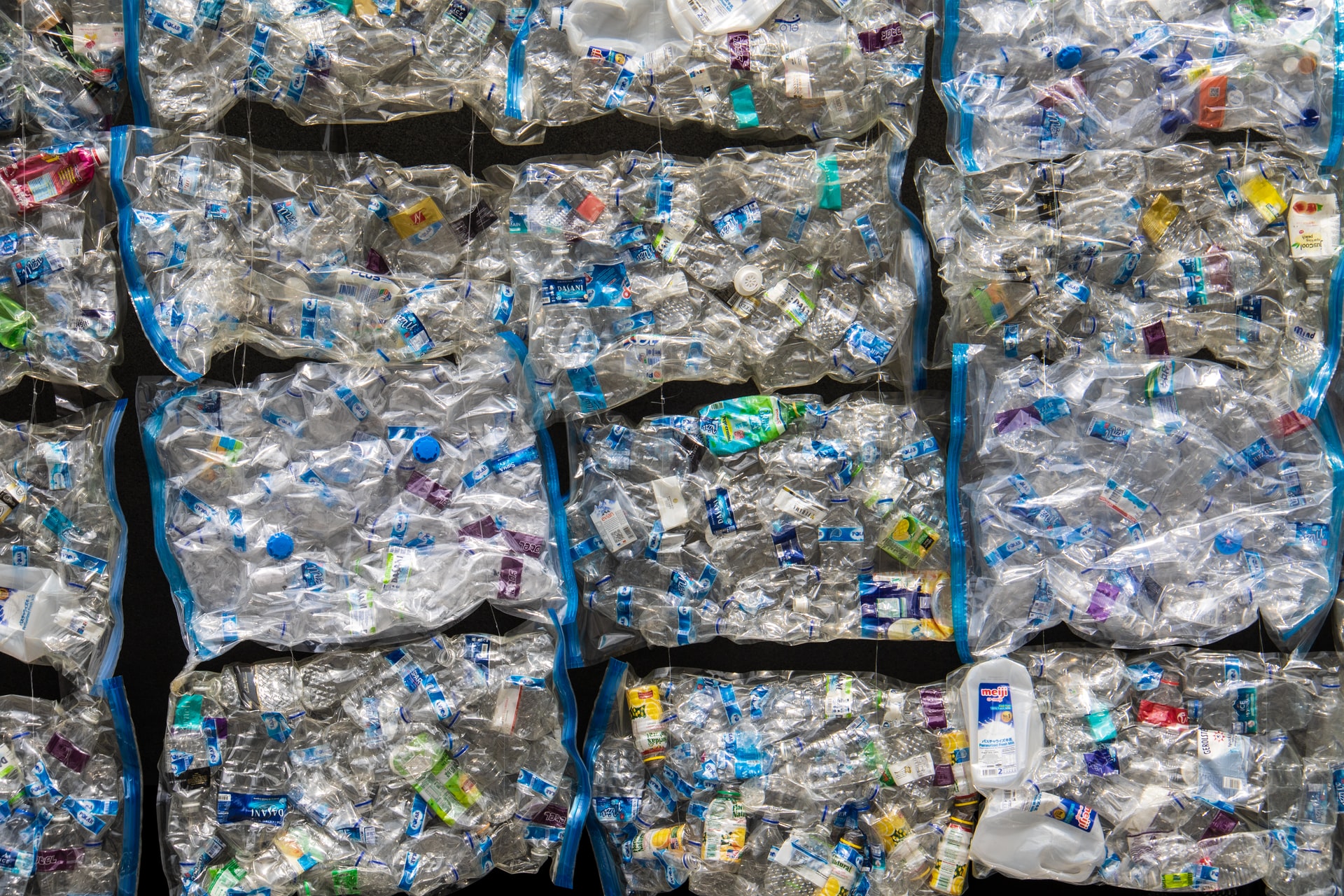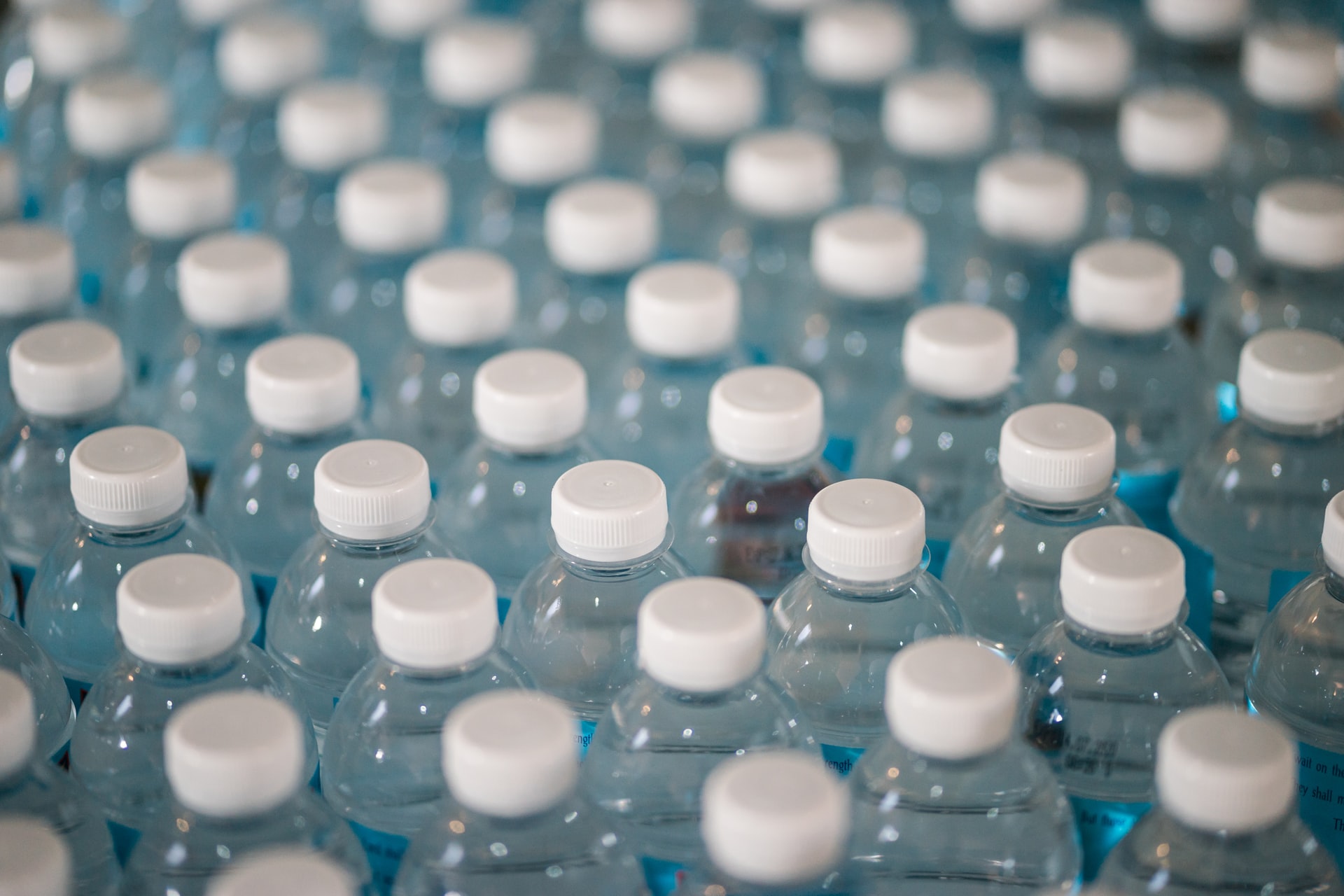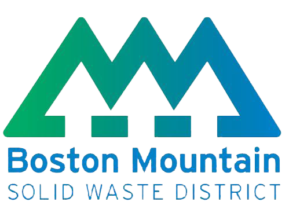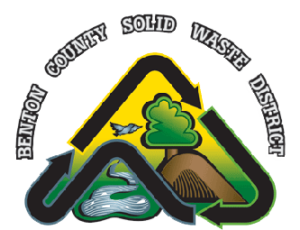Several recent developments in recycling highlight the many opportunities and challenges around putting the things we throw away to better use. Take a look at these headlines:
Walmart offering in-store recycling for beauty products
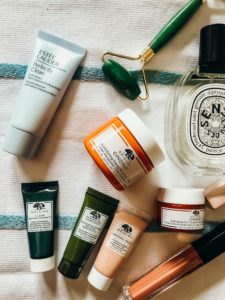
Walmart, whose support led to the creation of NWA Recycles, lets customers in four states to recycle hair, skincare and cosmetic product packaging in select locations.
You can take certain types of empty bottles, tubes and jars for free to six local stores, including two in Fayetteville, two in Rogers and one each in Bentonville and Siloam Springs. Thanks to a partnership with P&G and the recycling group TerraCycle, those packaging materials will then be reused in multiple ways.
The new program is separate from the multi-material recycling stations available at a Fayetteville Sam’s Club and a Springdale Walmart, where you can take a variety of plastic bags, fabrics, toiletries and other items. But the goal is the same: to make recycling easier for unusual and challenging materials that can’t go into community curbside programs. (Remember that bottles and jugs are the only plastic items that can go in your curbside recycling bin or cart.)
How to recycle a 14-story office tower
This fascinating New York Times feature centers around the Netherlands but explores questions that are relevant everywhere: How far could recycling go? Could we recycle the buildings we live and work in? And what would it mean to redesign society’s building blocks with recycling and reuse in mind?
“We should design manmade objects and products in such a way that we’re not destroying the resources, but that we’re basically borrowing them for a certain amount of time,” argues Dirk Hebel, a professor of sustainable construction at the Karlsruhe Institute of Technology in Germany. “And that we can take them out in their pure form and put them back into the system.”
Programs like those described in the article also highlight the significant untapped potential in Northwest Arkansas, where ton after ton of shingles, lumber and other reusable construction waste goes to the landfill every week.
Autumn brings rough markets for recyclable materials
It’s been a rough year for the values of cardboard, paper and other recyclables, according to Resource Recycling, a publication for recycling industry news. Recycled cardboard’s worth is about a third of what it was in July, for example, and mixed paper now has negative value, meaning recyclers have to pay someone to take it. Natural HDPE, the kind of plastic in milk jugs, is up slightly from a month ago but down more than half from this time last year.
This might all sound a bit arcane, but it’s crucial to understanding how recycling works and how much it costs for you and your community. After recyclables are collected and processed, they’re sold to manufacturers based on their market value. This revenue isn’t enough to pay for recycling service on its own, contrary to popular belief, but it certainly helps take the edge off of the price for customers, cities and other recycling organizations. And cardboard is the majority of material collected by many local programs.
Recycling markets have always gone up and down, so this is no surprise. But it affects what haulers charge, and it’s part of why recycling programs in NWA are limited to certain items such as plastic bottles, cardboard and metal cans for food and drinks but don’t accept less reliable items like cartons or yogurt containers. Sticking to the established materials helps programs ride out inevitable downturns.
